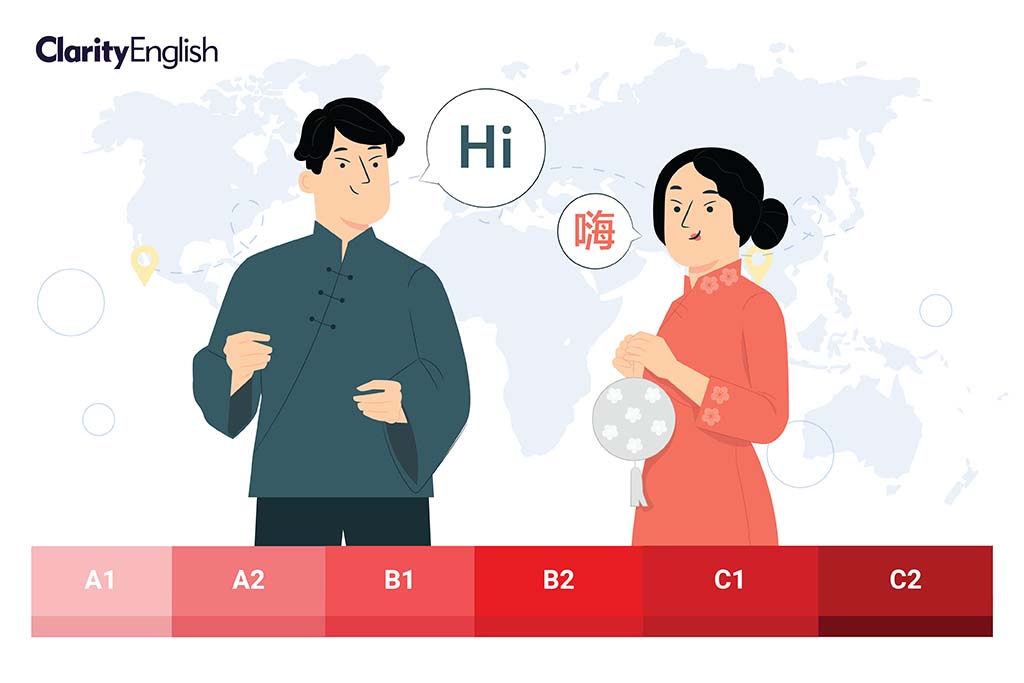The Common European Framework of Reference for Languages (CEFR) was originally developed for Europe, but the ‘can do’ statements have global application. After all, the ability to ‘understand simple technical information, such as operating instructions for everyday equipment’ or to ‘understand short, simple texts on familiar matters’ is relevant worldwide. Could it not therefore be renamed the Global Framework of Reference for Languages?
The CEFR has, in fact, been translated into 40 languages including Hebrew, Arabic and Japanese. However, perhaps surprisingly, countries are now turning to more localised systems. Japan has created and published its own version, and work is underway in Thailand to experiment with a framework which caters specifically to Thai language learning contexts. Even the Council of Europe notes that ‘the CEFR does not offer ready-made solutions but must always be adapted to the requirements of particular contexts.’
So what are the drawbacks that are resulting in countries undertaking huge projects to develop their own language frameworks? This study examines shortcomings of the CEFR in the context of the Chinese education system, politically, linguistically and practically. For those of us who have worked uncritically within the European framework, perhaps for many years, it provides an illuminating challenge to our assumptions.
Read it here.

